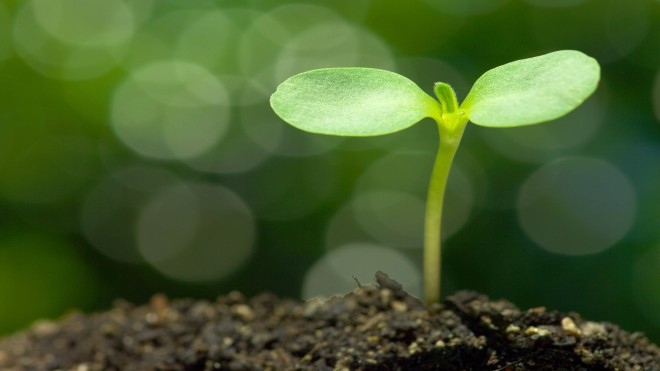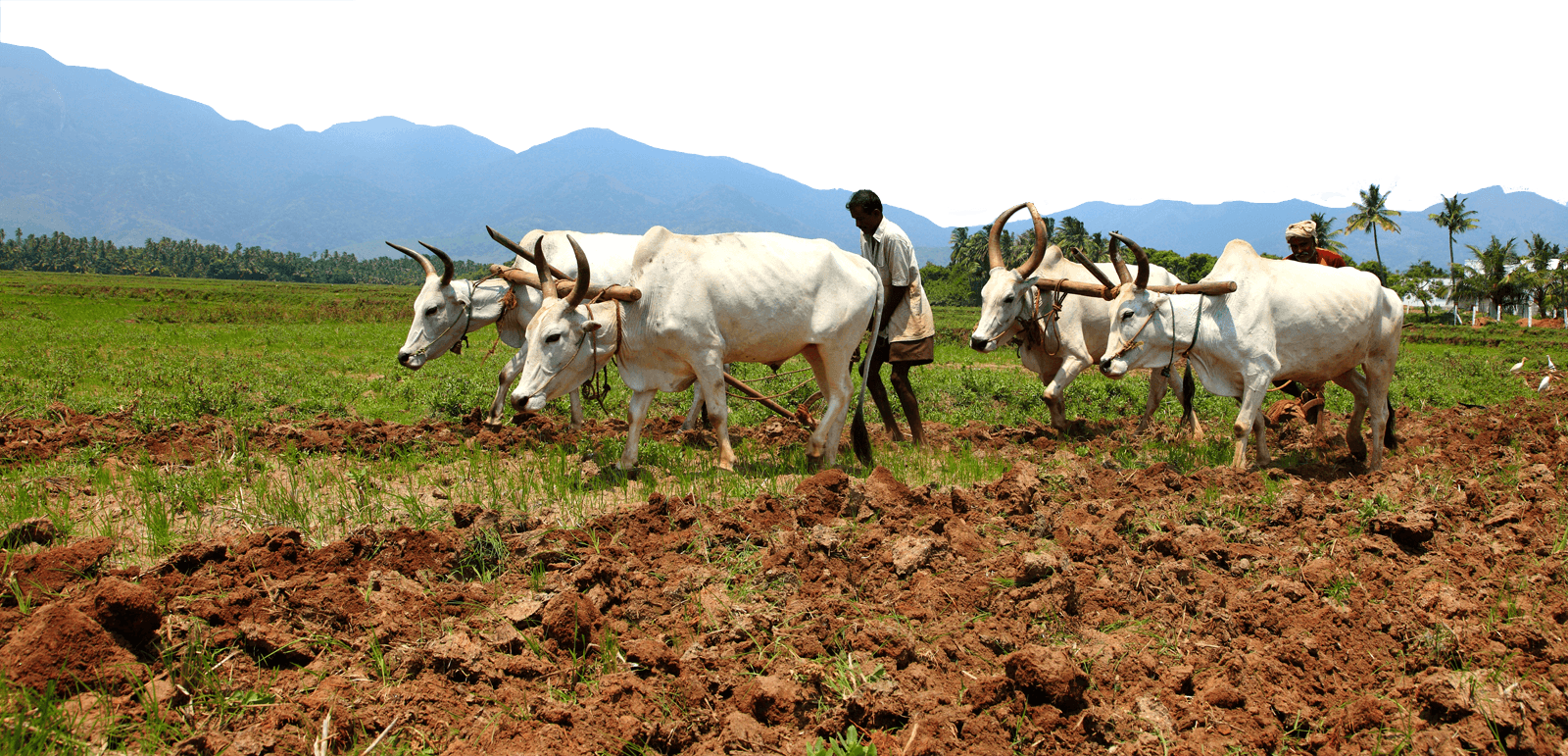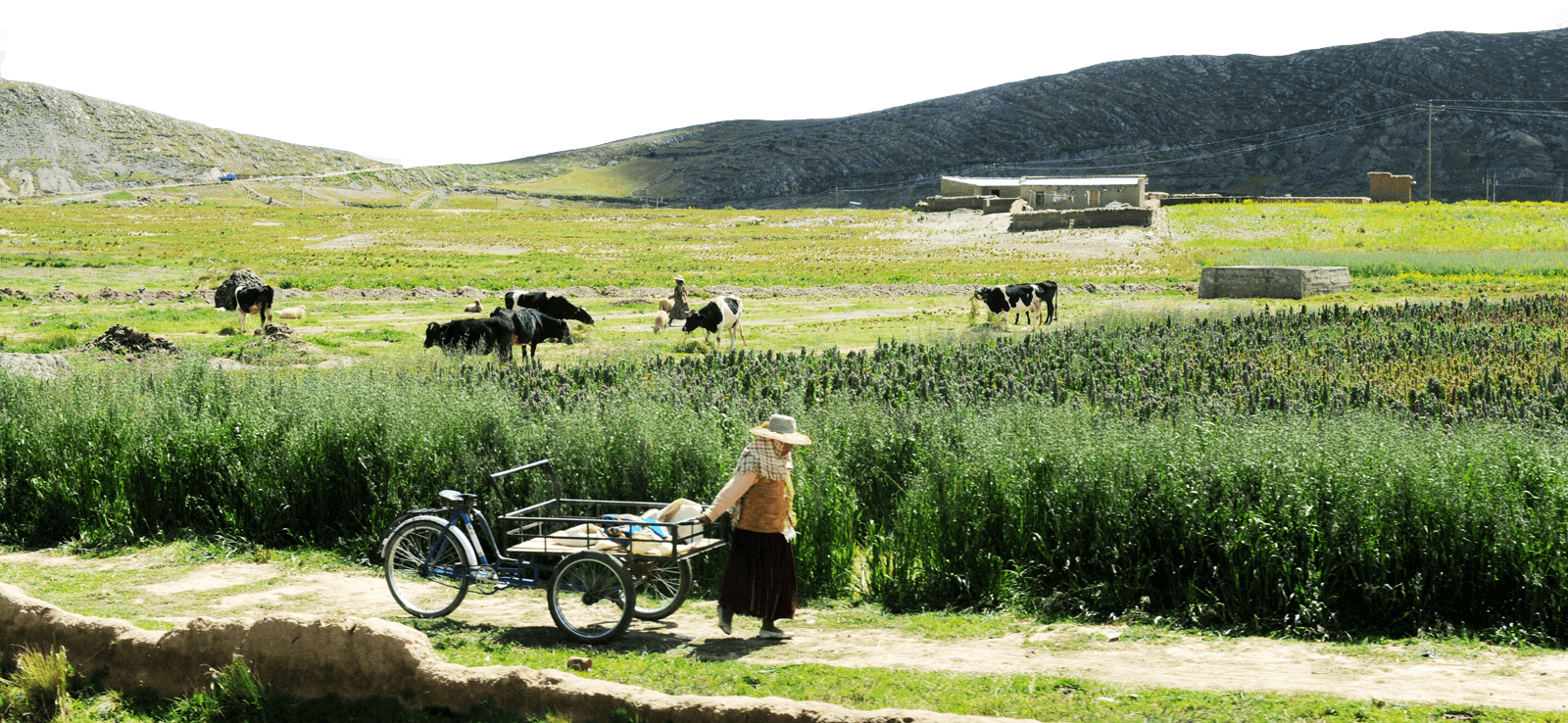West Coast Basque Cuisine at Piperade
 I recently paid a visit to Piperade, a cozy “West Coast Basque” restaurant in San Francisco, California, where I had the pleasure of sitting down with Chef/Owner Gerald Hirigoyen to talk about Basque history, Basque food, and perhaps most importantly—how to pronounce pintxo [PEE-NT-cho].
I recently paid a visit to Piperade, a cozy “West Coast Basque” restaurant in San Francisco, California, where I had the pleasure of sitting down with Chef/Owner Gerald Hirigoyen to talk about Basque history, Basque food, and perhaps most importantly—how to pronounce pintxo [PEE-NT-cho].
The restaurant is named after the traditional Basque dish piperade, which combines onions, peppers, garlic and tomatoes—signature ingredients in Basque cuisine. Basque cultural heritage literally surrounds you at Piperade. Euskara—the native tongue of the Basque people, formerly banned under the Franco dictatorship—is scribbled on the walls of Lamburu, the restaurant’s soon-to-be opened new wing.
That Thursday evening in June, Piperade was bustling with customers—many who seemed to know Hirigoyen personally. Hirigoyen, who relocated to California more than 30 years ago, shared his thoughts on bringing Basque food from the other Bay Area (the Bay of Biscay, that is) to San Francisco.
SARA HUNDT: What is your goal with Piperade?
CHEF GERALD HIRIGOYEN: When I came to California…in the 80s, there were a lot of Basque restaurants. People in San Francisco who are now in their 50s and 60s grew up going to family-style Basque restaurants—like the old Italian restaurants. You’d get a big bowl of soup, salad, wine, and sit at big wooden tables.
SARA HUNDT: Like these here that we are sitting at?
GERALD HIRIGOYEN:
Stay in the loop with Food First!
Get our independent analysis, research, and other publications you care about to your inbox for free!
Sign up today!Yes, this private room was just finished. These are traditional wooden tables just like in Basque culture [for family eating]. The other part of the restaurant is perhaps more modern and formal but in this room, the focus is on more traditional style service. And yes, there is a long history of Basque culture and people in the area. All those restaurants were falling out of fashion so to speak, and I thought, someone has to [reignite] the flame. People were doing Basque food, but they were not necessarily chefs. They were people who were sheepherders, who then evolved into business people. For me, it was more like, I’m a chef, with a background in cooking, who comes from the Basque region. I just wanted to contribute to the tradition of Basque food in the Bay area.
SH: And have you been successful? What brings people here, especially those who may not be familiar with Basque cuisine?
 GH: Basque people come in, but they are not our biggest customers in volume. People come in who like good food. I have adapted my cuisine to the area—I call it “West Coast Basque Cuisine.” Some of the popular dishes are stuffed Piquillo peppers with goat cheese and raisins (see picture). Normally, they would be stuffed with cod, which is more Basque, but we do goat cheese for the SF crowd. We also have calamari a la plancha and I serve crab…The food is my spin on Basque cuisine. Some of the more traditional dishes are in our daily specials, like the Calamari “Txipiroa” in Ink Sauce with rice and the seafood/ shellfish soup “Ttoro”.
GH: Basque people come in, but they are not our biggest customers in volume. People come in who like good food. I have adapted my cuisine to the area—I call it “West Coast Basque Cuisine.” Some of the popular dishes are stuffed Piquillo peppers with goat cheese and raisins (see picture). Normally, they would be stuffed with cod, which is more Basque, but we do goat cheese for the SF crowd. We also have calamari a la plancha and I serve crab…The food is my spin on Basque cuisine. Some of the more traditional dishes are in our daily specials, like the Calamari “Txipiroa” in Ink Sauce with rice and the seafood/ shellfish soup “Ttoro”.
SH: What three words or phrases would you use to describe the cuisine here?
GH: Simple, tasty, and to the point. It’s like a 1,2,3 step program—nothing too complicated.
SH: Can you tell me a little about Basque cuisine in the Basque country? Are there differences between French and Spanish Basque cooking?
GH: A lot of French Basque cooking has been Escoffier-ized. Escoffier was a [20th century] French chef who did great things for cuisine, but [I believe] he also watered down the French cultural influences in the food. On the other hand, in Spanish Basque cuisine, you still see stronger cultural roots [to the food]. After all, the French Basque is a smaller group—its about 250,000 people, compared to 2.5 million over in Spain.
SH: What do you think this region can teach people?
GH: There is a lot to learn—there is such a bounty of food…everybody is cooking. There is a huge culture of food…everybody is always talking about food.


 Help Food First to continue growing an informed, transformative, and flourishing food movement.
Help Food First to continue growing an informed, transformative, and flourishing food movement.




